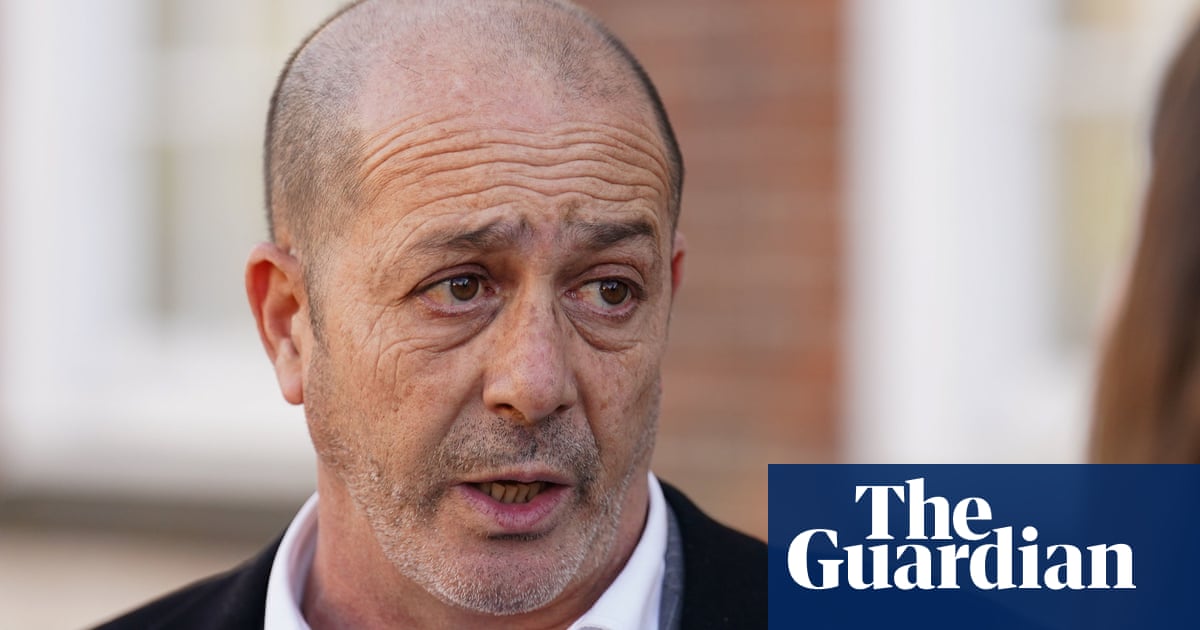
A young girl who suffered a fatal asthma attack thought to have been triggered by dangerous levels of air pollutants was a “canary” signalling the risk to other Londoners, an inquest has heard.
Ella Kissi-Debrah died aged nine in February 2013 having suffered numerous seizures and being taken to hospital almost 30 times in the previous three years.
An inquest ruling from 2014, which found that she died of acute respiratory failure, was quashed by the high court following new evidence about the dangerous levels of air pollution close to her home. A fresh inquest at Southwark coroner’s court is considering whether dangerous levels of air pollution around Ella’s home in the London borough of Lewisham may have contributed to her death.
Prof Sir Stephen Holgate, the author of the report that quashed the findings of the first proceedings, said Ella had an “exceptionally rare” form of asthma that put her at “exquisite” risk.
He was asked by Richard Hermer QC, the counsel to Ella’s family, whether she could be thought of as a “canary in a cage” highlighting the risk of pollutants such as nitrogen oxides to other Londoners. Holgate, a professor of immunopharmacology at the University of Southampton, replied: “I would probably use the expression ‘canary in a coalmine’.
“Two centuries ago that’s exactly what canaries were used for, to detect high levels of pollutant gases – in that case high levels of carbon monoxide and methane.”
The Department of Health and Social Care (DHSC), the Department for Transport and the Department for Environment, Food and Rural Affairs (Defra) have been named among the interested parties in Ella’s death.
Alan Payne QC, for the three government departments, suggested World Health Organization guidance stated that it was difficult to draw full conclusions on the impact of pollutants on humans based on the evidence of studies on mammals.
Holgate replied: “If this was a drug, for example, and you’ve got five different animal models that develop lung cancer with the drug, and that was at three to five times the dose that the human had, the drug would never have gone through into [clinical trials].”
Holgate also rejected a suggestion that Ella’s seizures could have been triggered by anxiety over having asthma attacks – a mechanism often found to cause panic attacks.
“You have a person drowning in secretions, about every one to five weeks – would it not be surprising for a child aged six to eight not to have some anxiety and psychological problems?” he said. “It would be totally abnormal not for this child to have psychological problems – what she is going through is near-death experiences on a regular cycle across two years and four months.”
He continued: “Secondly, if you are saying psychological factors were driving her asthma, they certainly wouldn’t be driving the underlying inflammatory and tissue injury aspect.”
He accepted that Ella’s anxiety during asthma attacks could have led to the rapid deterioration that resulted in hospital admissions. “The poor little girl was so frightened – her mental state would have played a role, but not in any direct way,” he said.
He added that he had spent 40 years “pushing back” against theories that psychological conditions can cause asthma. “The fact that psychological factors play into asthma is hugely important but I wouldn’t like anybody to believe that it is part of the underlying driving mechanism of what caused somebody like Ella’s asthma in the first place,” he said.
Holgate, who was a member of the royal commission for environmental pollution until it was closed in 2011, heavily criticised Defra and the DHSC for failing to work together on toxic air.
He said the first time he had seen ministers from the two departments working together on the issue in 40 years of experience was in 2019 when the government launched its clean air strategy.
“I think that just illustrates that there is a major change now in recognising that this air pollution discussion isn’t just about measurements and legal limits, it’s about human exposure, human illness and human suffering,” Holgate said.
Ella lived 25 metres from the South Circular in Lewisham, south-east London, one of the capital’s busiest roads. She may become the first person in the UK for whom air pollution is listed as the cause of death. Other interested parties are Ella’s mother, Rosamund Kissi-Debrah, Transport for London, the mayor of London’s office and Lewisham council.












